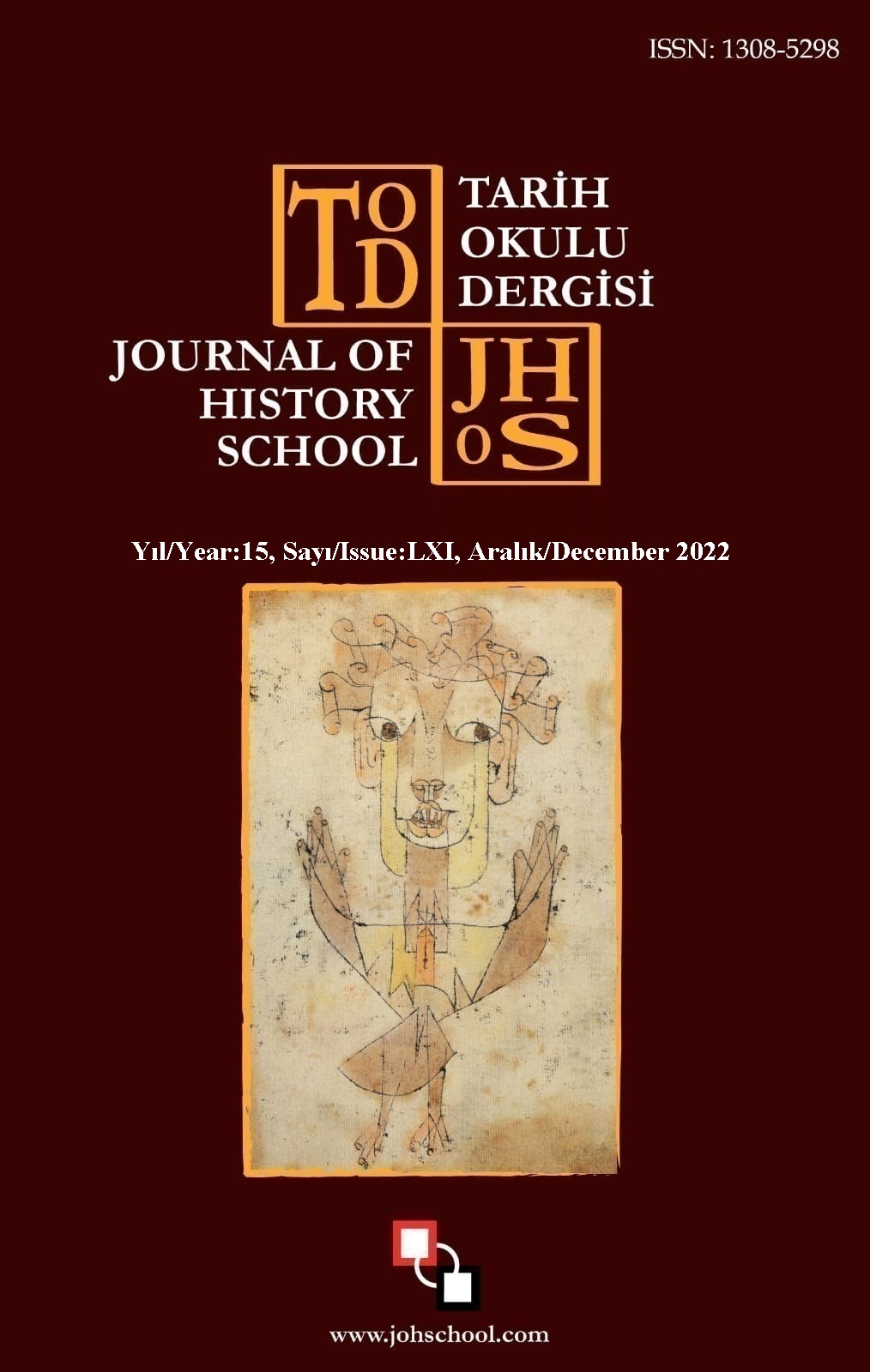TANAH PERSPEKTİFİNDE ŞİMŞON’UN HİKÂYESİ VE ONUN DÜŞÜŞÜ ÜZERİNDEN HALKINA VERİLEN MESAJLARIN DEĞERLENDİRİLMESİ
Author :
Abstract
Bir dine bağlı olan toplulukların kutsal metinlerle ilişkilerinde dini tecrübeler oldukça önemli bir yer tutar. Bu dini tecrübeler kutsal metinlerde geçen hikâyeler, kahramanlık anlatıları ve bu anlatılarla bağlantılı olarak sunulan örnek insan modelleri vasıtasıyla derin anlamlar kazanır. Kutsal metinlerin kendi inananlarına sunduğu anlatılarda bu modeller, derin anlamlar ve metaforlar eşliğinde sunulur. Bu anlam ve metaforlar toplumsal hafızanın oluşmasına ve inananların şekillenmesine katkı sağlar. Bu anlatılar kutsal metinlerin birer parçası olmasının yanı sıra, sosyokültürel olarak toplumsal hafızanın gelecek nesillere aktarılmasında önemli işlevler üstlenir. Bununla birlikte anlatılagelen bu hikâyelerin içselleştirilmesinde, aktarılmasında ve inananlara bir model olarak sunulmasında kutsal kitapların merkezi role sahip öğretileri, hikâyenin kurgusunun anlaşılması noktasında önemli bir yer işgal eder. Tanah’ın Hâkimler bölümünde yer alan Şimşon’un hikâyesi bu hikâyeler arasında önemli bir yere sahiptir. Bu makalede Hâkimler döneminin önemli bir kahramanı, aynı zamanda yöneticisi olan Şimşon’un sıra dışı hikâyesi, Tanah’ın temel öğretisi çerçevesinde ele alınmıştır. Bu bağlamda Şimşon’un hikâyesinin İsrail’in temsili bir anlatısı olduğundan hareketle, Şimşon üzerinden Şimşon’un halkına yönelik yapılan eleştiriler ile onlara verilmek istenen mesajlar değerlendirilmiştir. Şimşon ve İsrail arasındaki bağlantıyı esas alan bu makale; ideal bir İsrail'in siyasi, dini ve kültürel değerlerini pekiştirme konusunda Şimşon’un hikâyesinin nasıl kullanıldığını göstermeyi amaçlamaktadır.
Keywords
Abstract
Religious experiences play a very important role in the relationship of communities that are subject to religion with sacred texts. These religious experiences acquire deeper meanings through the stories and heroic narratives in sacred texts and the exemplary human models presented in connection with these narratives. In the narratives that sacred texts present to their believers, these models are presented with deep meanings and metaphors. These meanings and metaphors contribute to the formation of social memory and the shaping of believers. In addition to being a part of sacred texts, these narratives assume important functions in the sociocultural transfer of social memory to future generations. However, the teachings of the holy books, which play a central role in the internalization, transmission, and presentation of these stories as a model for believers, occupy an important place in understanding the plot of the story. The story of Samson in the Judges section of the Tanakh has an important place among these stories. In this article, the extraordinary story of Samson, an important hero, and ruler of the Judges period, is discussed within the framework of the basic teaching of the Tanakh. In this context, as Samson’s story is considered a representative narrative of Israel, the criticisms made against Samson's people and the messages intended to be given to them through Samson are evaluated. Based on the connection between Samson and Israel, this article aims to show how the story of Samson is used to reinforce the political, religious, and cultural values of an ideal Israel.





